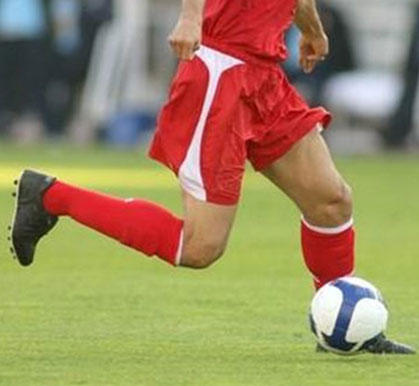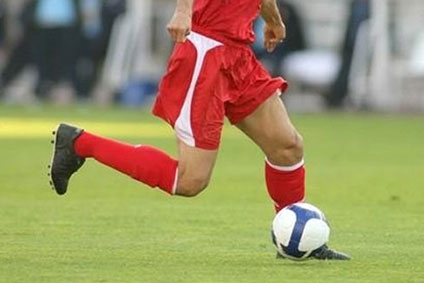
ACL injuries are a common setback, especially for active people and athletes. Getting the knee back to full strength often requires surgery—and how that surgery is done can make a big difference. A new review looked at how using 3D-printed tools during ACL surgery stacks up against the traditional approach. The goal? To see if custom tools could help doctors place the ACL more accurately and efficiently.
This study, conducted by Dr. Okoraha’s colleges, shows how new technology might be changing the way we rebuild knees.
Study Highlights
Patient Demographics: The review looked at 299 patients across five studies. Everyone included had ACL surgery, either with or without the help of 3D-printed guides.
Follow-ups: Doctors compared the time it took to place the new ACL and checked how well patients recovered using standard knee function scores.
Positive Outcomes: Patients who had surgery using 3D-printed guides had shorter surgery times and better tunnel placement accuracy. However, both groups—those with and without 3D guides—had similar knee function after healing.
Conclusion
3D printing isn’t just for gadgets—it’s now helping surgeons plan and perform more precise ACL surgeries. While your recovery may feel the same either way, using these customized guides could make the surgery quicker and more accurate. If you're considering ACL reconstruction, ask your orthopedic surgeon about the latest tools they use to ensure the best possible outcome.
We are committed to providing personalized care and innovative treatments to help patients reach their full potential. To learn more about ACL reconstruction, schedule a consultation with Dr. Kelechi Okoroha today. Seeing patients from Minneapolis, St. Paul, Plymouth, Edina, Minnetonka, Rochester, and Minnesota ensures that patients receive specialized care aimed at maximizing their athletic performance and long-term knee health.
To learn more about ACL injuries and treatment visit:










